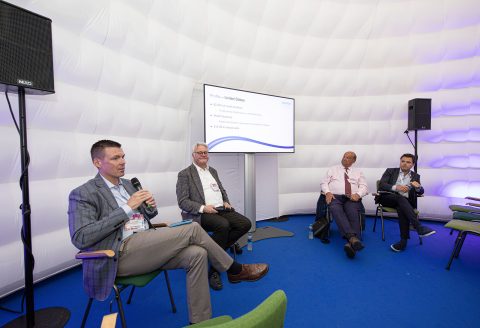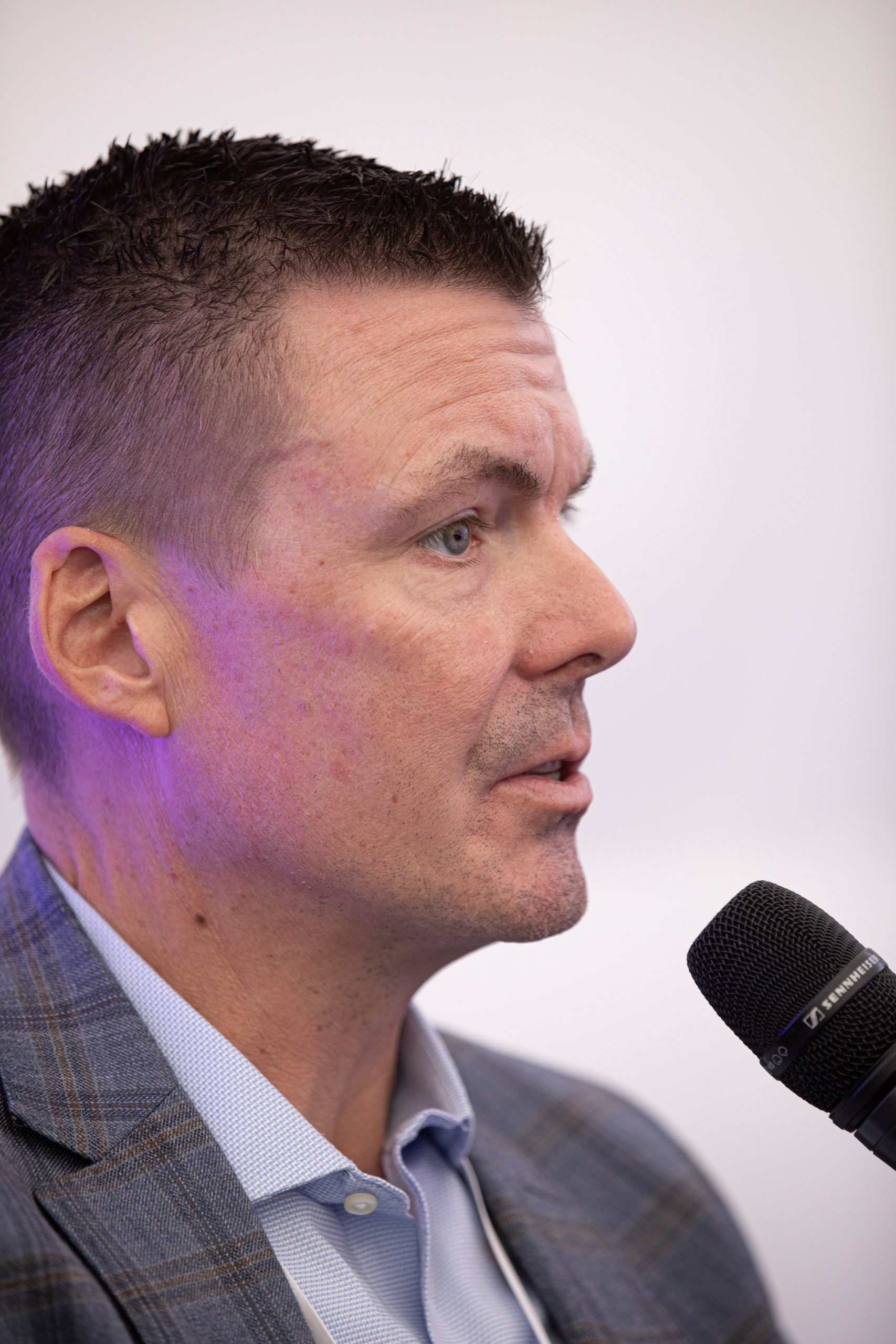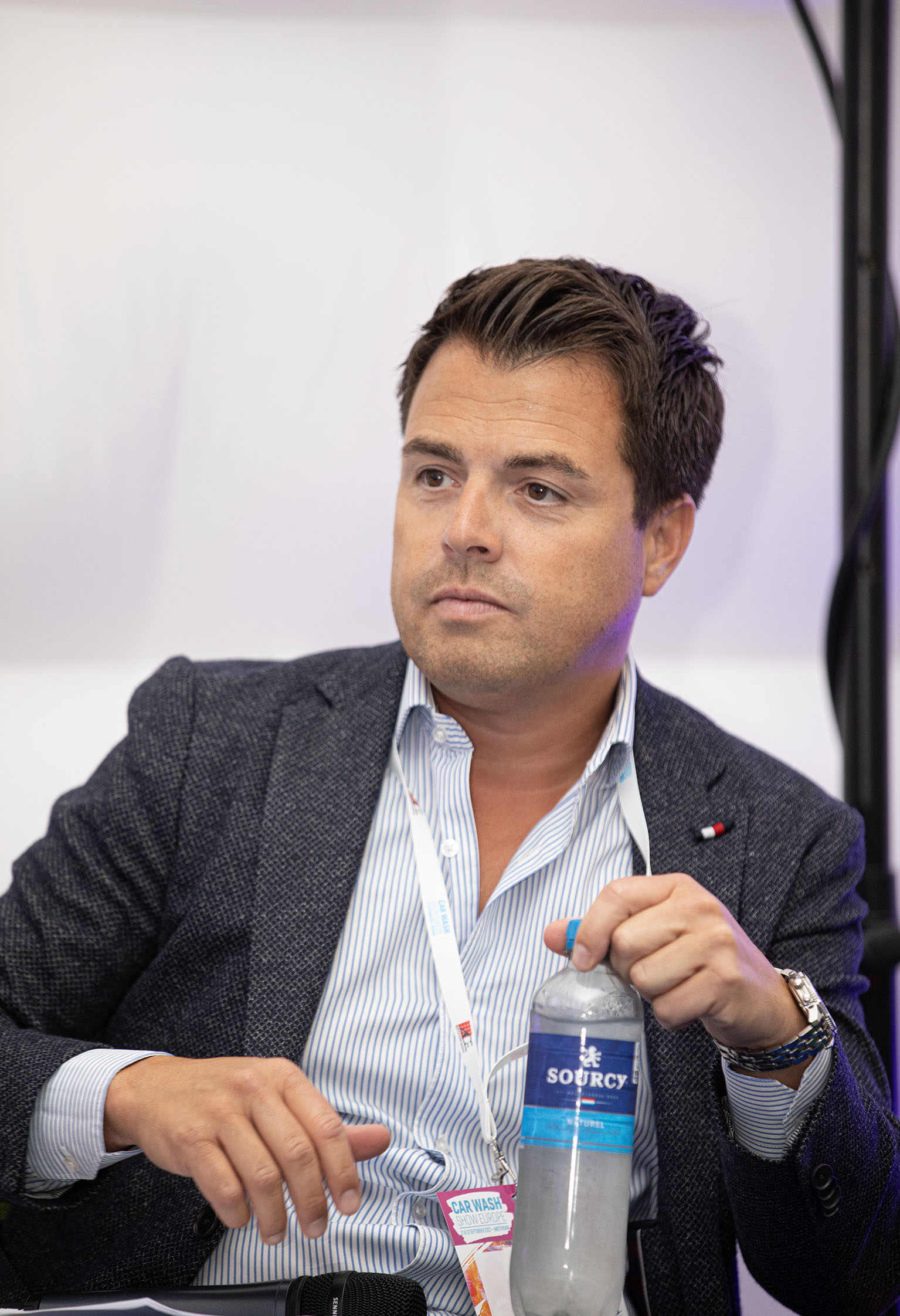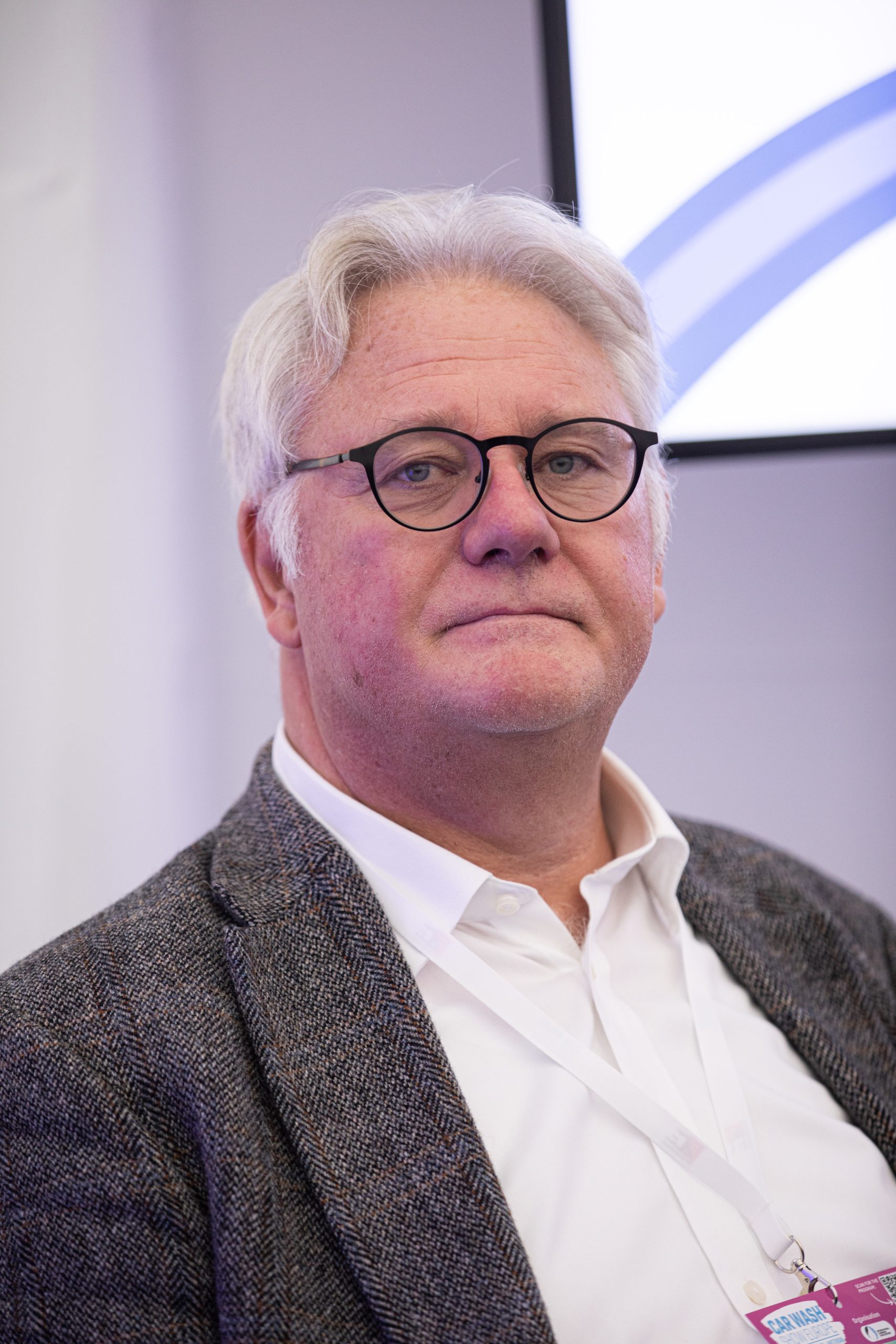
The car wash industry, where are we at?
Sustainability, more indoor vacuuming and an increase of license plate recognition. Prominent international figures from the car wash industry shared their thoughts about what has changed in the business in the last few years.
The four people that got together last week during an interesting session at the Car Wash Show Europe were Eric Wulf (International Carwash Association US), Brian Madderson (Car Wash Association UK), Erik Stern (Dutch mobility organization BOVAG) and Thomas Drott (BTG Germany).
“It has been exactly four years since the four markets came together in this way to talk about trends and give some updates on the size of the market and its organization,” said Eric Wulf.
How are the four markets doing?
After a brief introduction, an overview of the market size and structure by country was shared to give an idea of how the four markets are currently doing. For the Netherlands, market figures are researched every two to three years.
In total, there are now some 1,800 commercial car wash locations in the Netherlands. This number includes 367 tunnel car washes, some 1,200 rollovers and over 1,000 locations with wash boxes.
On average, people visit a car wash 2.7 times a year, and the average price then paid for a wash is 12.32 euros. On average, a consumer washes his or her car 7 to 8 times per year.
Germany
By comparison, in Germany there are 18,800 carwash locations, of which 2,400 are car washes, 14,000 rollovers and 2,400 self-service locations. On average they wash 6 to 8 times a year.
UK
In the UK, there are 3,770 carwash locations, including 250 car washes, 3,500 rollovers and 20 self-service locations. This does not include the 6,000 hand car washes – which are an eyesore in the UK. The average number of washes per year is 8.8.
US
In the US, there are 62,000 car wash locations. Including 17,500 tunnels, 29,000 rollovers and 16,250 self-service locations. The wash frequency is 3 times a year for retail customers and 3 times a month for customers with a wash subscription.
(Text continues below photos)


License plate recognition
Then the biggest changes from the last exhibition in 2019 were discussed. Notable changes for the Dutch market are:
Of BOVAG members, 52 percent use license plate recognition (LPR). “That number will keep increasing,” said Erik Stern.
More indoor vacuuming. Stern: “That’s a good development, because it rains here almost 300 days a year.”
Almost every car wash company offers some form of loyalty, and 93 percent offer wash cards. “We’re not on the same level as the US, where you see memberships a lot more. It is starting to come, but right now we are mostly talking about discount offers. About 93 percent of the carwash companies offer discounts, simply because the Dutch customer likes that.”
Key trends, opportunities and challenges were also mentioned. For the Dutch car wash industry, these are as follows:
- 65 percent expect more growth and 24 percent expect consolidation.
- 74 percent want to start investing (most invest in sustainability, >56 percent). Also, 44 percent expect to invest in a new location.
- 39 percent expect more competition.
(Text continues below photos)


What does a membership provide?
“In addition, we see automation coming up more and more,” says Stern. “Many companies are trying to figure out what a membership brings them. But that’s very different than in the U.S.. I think the average U.S. citizen has about six or seven credit cards. We have one. So it’s not really common to use a credit card for every membership. So we’re still experimenting with that.”
Consolidation does occur in the Netherlands, but to a lesser extent, according to BOVAG. “There are still a lot of independent entrepreneurs, with one or two locations. And we have a few larger car wash companies with multiple locations.”
Increase wash frequency
One of the biggest challenges for the Dutch carwash market, according to Stern, is increasing the wash frequency among EU customers. “The average number of visits to a car wash is around 2.7 per year. I think that is quite low. But on the other hand, we’ve been saying this for years. And every time we do the survey, it’s still less than three. So that’s an issue.”
On the other hand, sustainability is a big topic. Here, many opportunities will arise. “We are now doing a big study on sustainability. More and more car washes are looking at opportunities for solar energy through solar panels and water recycling systems.
Currently there are no regulations at all on water use. For now, in the Netherlands we can use as much water as we want, whereas in countries like Belgium and Germany there is a maximum of 70 liters. But that will probably change in the future. It is certainly important for entrepreneurs to anticipate that.”
Also read:



